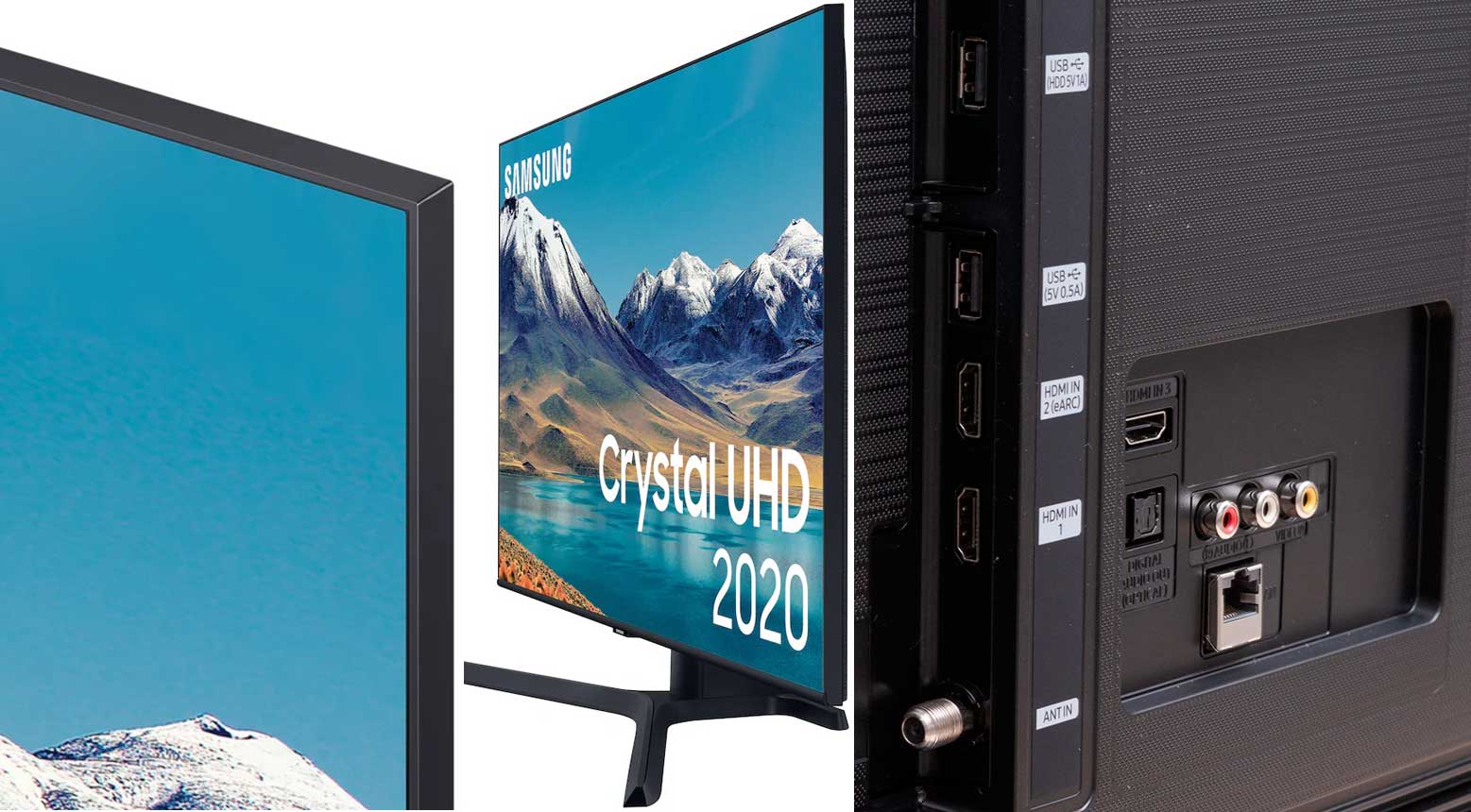
We measure TV accuracy with a Delta-E rating. The bargain priced Insignia Amazon Fire TV (NS-43DF710NA19) we recently tested produced over 300 nits of brightness, while the latest Vizio V-Series produced 272 nits. We usually see closer to 600 nits from higher-end sets, for comparison. In pretty much every category, the Samsung TU7000 TV is average for an LED set at this price. Our proprietary Tom’s Guide TV testing backed up my anecdotal viewing experiences. In my experience, you'll only get suitable picture performance within 25 degrees from a centered, straight-on position.

Only when my living room was completely dark could I get better complexities in these shots.Īll detail and color depth vanished on wide viewing angles, too. When I’m watching a movie or show, I want the darkest parts of every scene to be inky and intentionally shadowy - not a glob of dark greys. I was pleased to see the same scene’s blue sky didn’t reproduce in bands, though there’s a slight vignette around the picture’s borders.Īs the dimming technology isn’t as sophisticated as you’d find in the best OLED TVs or even the best QLED TVs, the Samsung TU7000 TV blacks are a little underwhelming. It came off a smidge orange and cartoonish, when I know it should look more of a mature crimson.

The colors on his iconic red suit seemed less impressive, though. I saw minimal blurring as Peter Parker propelled from the obelisk over the blades of a hovering helicopter and back through the Monument’s window. The subsequent action sequence’s details held up without any artifacts, too. As Spidey surveilled from the splintering Washington Monument in Spider-Man: Homecoming, I could clearly see his suit’s knitted texture against the marble stone.


 0 kommentar(er)
0 kommentar(er)
